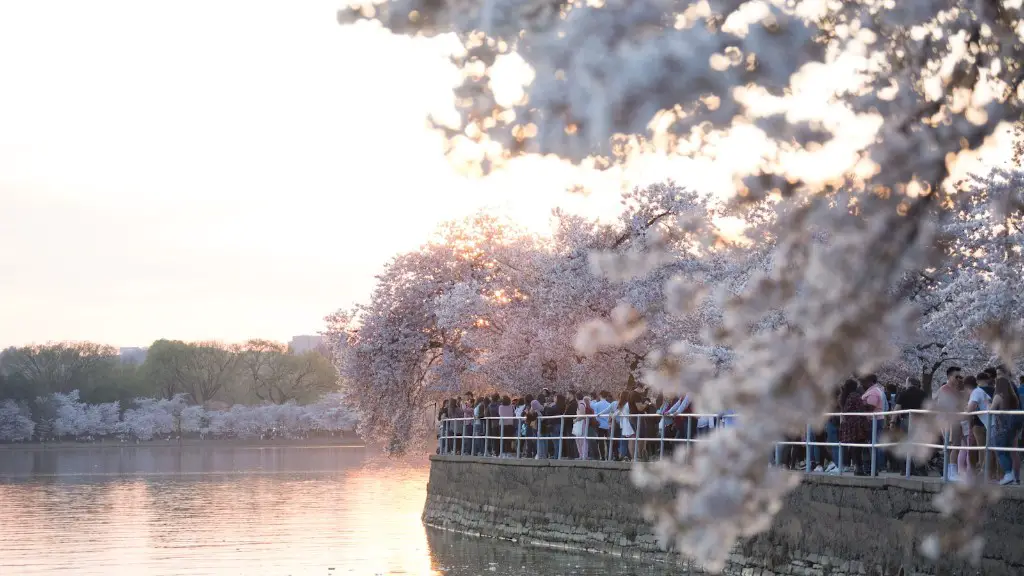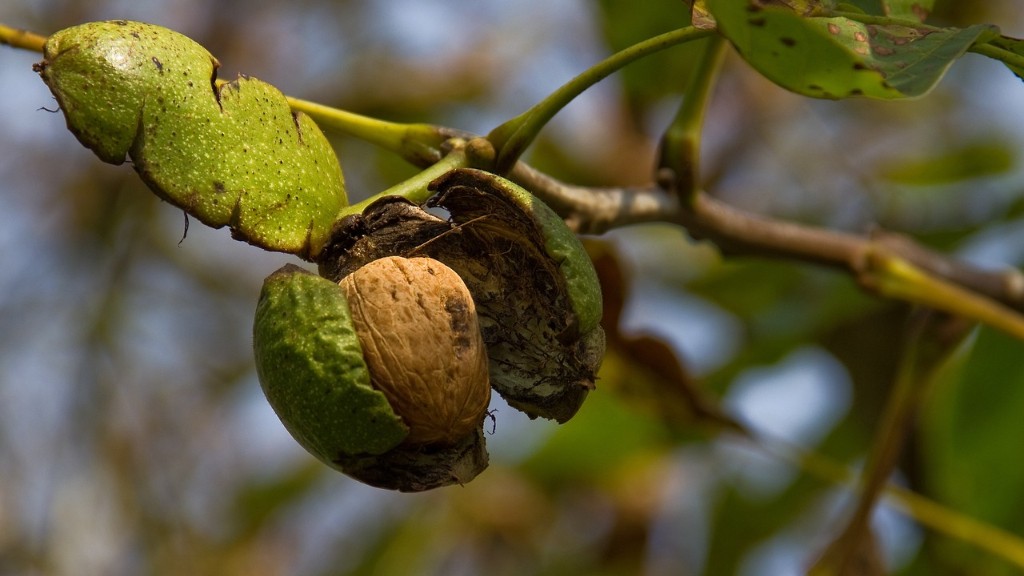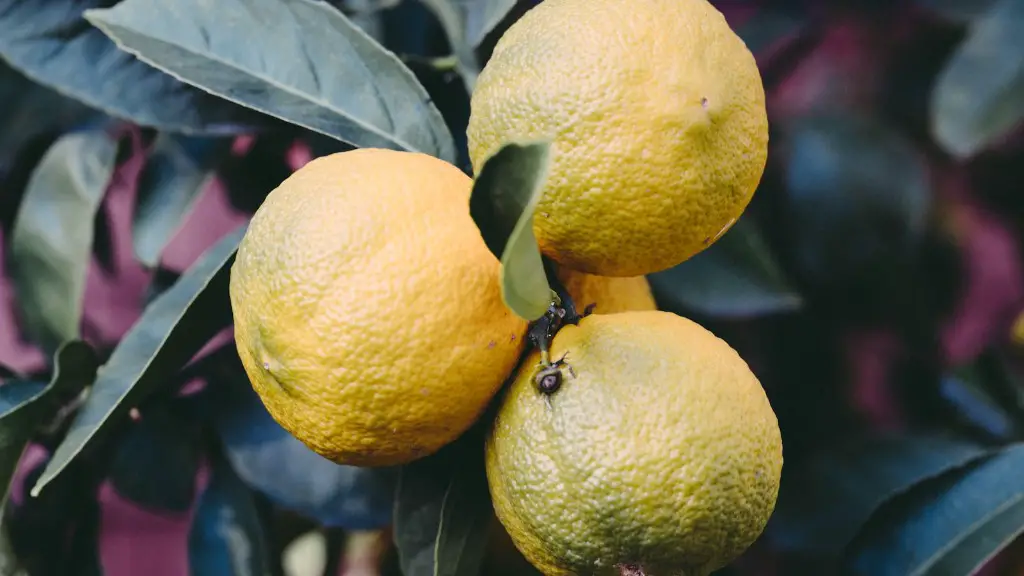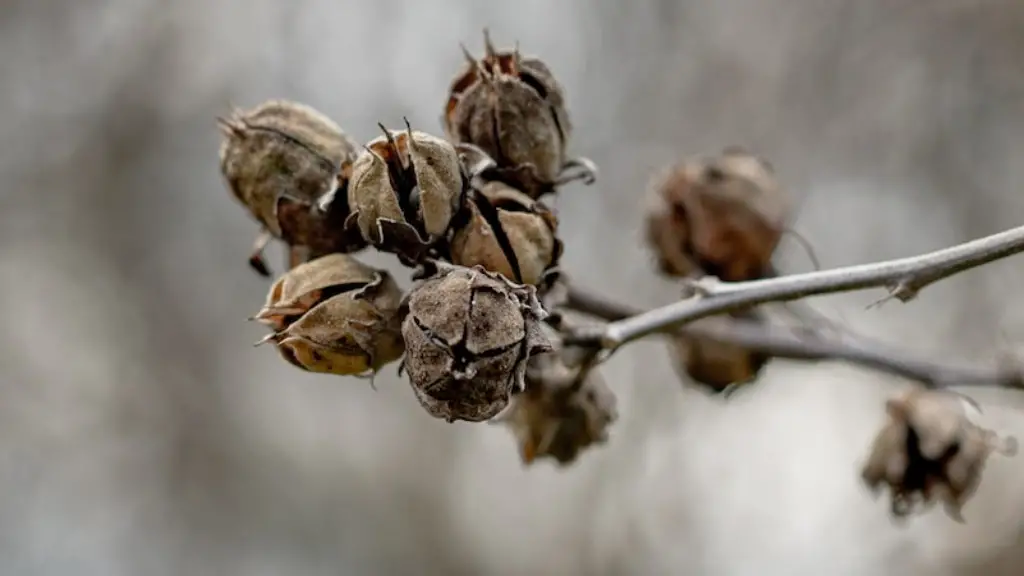Introduction: Weeping cherry trees are beautiful ornamental trees that are known for their cascading, arching branches and breathtaking displays of soft-pink blossoms in the spring. While a weeping cherry may stand alone as an elegant specimen in the landscape, it is even more beautiful if planted with companion plants. In this article, we’ll explore what to plant under a weeping cherry tree and provide advice from experts on its care and maintenance.
Soil Requirements: When planting under a weeping cherry tree, select companion plants that require the same soil type and conditions as the cherry tree. Weeping cherry trees prefer well-drained, slightly acidic soil that is not too dry or wet. The soil should also be rich in organic matter. To maintain the soil’s acidity, they require regular applications of mulch and should be fertilized yearly with a balanced fertilizer.
Additional Lighting Requirements: Most companion plants for a weeping cherry will require plenty of sunlight. As a result, the weeping cherry tree should be planted in an area of the landscape that receives at least 6 hours of direct sunlight a day. During the summer months, it is especially important to keep the soil around the tree moist.
Tree Care and Maintenance: The most important thing to remember when planting under a weeping cherry tree is that it requires regular maintenance. Pruning is necessary to keep the branches and structure of the tree strong and healthy. Pruning should be done in the late fall or early winter when the tree is dormant. In addition, it’s important to inspect the tree for signs of disease or pest infestation, and address any problems with the appropriate methods.
Companion Plants: When selecting companion plants for your weeping cherry tree, it’s important to consider size, shape and color. In order to provide the best visual effect, select plants that contrast in size, shape and color with the weeping cherry tree. You may also want to consider choosing plants that flower during different times in the season, such as spring-blooming tulips or summer-blooming daisies. Some popular companion plants for a weeping cherry tree include Japanese anemones, creeping phlox and clematis.
Protecting the Tree in Winter: In cold climates, it is important to protect your weeping cherry tree during the winter. Before the cold weather sets in, apply a thick layer of mulch around the tree. Additionally, you may want to wrap the trunk with burlap or a tree wrap that is designed to protect it from frost. Additionally, it is important to water the tree during periods of extended dry spells.
Careful Selection of the Tree Location
Research the Maximum Height of the Tree: Before planting a weeping cherry tree, it is important to research the maximum height of the tree. Weeping cherry trees can grow to be quite large and can overshadow smaller plants in your landscape. By researching the tree’s mature size, you can ensure that the tree and its companion plants will receive the same amount of sunlight.
Consider the Natural Ecosystem: When selecting a location for your weeping cherry tree, it is important to consider the natural ecosystem. A mature weeping cherry tree can provide much-needed shade, especially in summer months. Think about what type of wildlife and insects your tree may attract and how you plan to coexist with them. Additionally, be sure to consider the impact that the tree may have on nearby plants.
Consider the View from the Home: When considering the location of the tree, it is important to consider the view from the home. If planted too close to the house, the tree’s size and shape can obscure windows and other views. By planting the tree farther away from the home, you can ensure that the tree and its companion plants provide an elegant and unobstructed backdrop for your landscape.
Planting the Tree
Choosing the Right Containers: When planting a weeping cherry tree, selecting the right containers is essential. Containers should be at least 3-5 times larger than the root ball of the tree and should be filled with a high-quality potting soil. Containers should also be equipped with drainage holes to allow excess water to drain freely. Additionally, plastic containers are preferred since they retain moisture better than clay or wooden containers.
Planting the Tree Properly: Before planting the tree, it is important to dig a hole that is larger and deeper than the tree’s root ball. The hole should be large enough to accommodate all of the roots without crowding them. Place the tree in the hole and backfill with the soil. Water the tree thoroughly and then apply a thick layer of mulch.
Establishing Supporting Structures: Because of the arching branches of a weeping cherry tree, it is important to establish a supporting structure to prevent the branches from breaking under their own weight. The easiest way to do this is to use four stakes around the tree. Run a wire from the top of the stake to the other side, creating a trellis that the branches can grow over.
Preventing Diseases: To prevent diseases, it is important to monitor the soil conditions and make sure that the tree is not overwatered. Additionally, you may want to apply a preventative fungicide during the spring and early summer months. This will help to prevent the development of any potentially damaging diseases.
Caring for Weeping Cherry Trees
Watering: Weeping cherry trees need plenty of water to ensure that the roots can absorb all of the nutrients from the soil. In the spring and summer months, it is important to water the tree deeply for the best results. Additionally, you can apply a layer of mulch around the tree to help retain moisture and control weeds.
Fertilizer: Weeping cherry trees should be fertilized regularly in order to encourage healthy growth. An 8-8-8 fertilizer can be applied a few times a year in small doses. Additionally, an organic fertilizer such as compost or manure can be used as an alternative fertilizer.
Pruning: Pruning is an essential part of caring for a weeping cherry tree. Prune the tree during the late fall and early winter when the tree is dormant. Pruning will help maintain the tree’s shape and keep it healthy. Additionally, you can use pruned branches to propagate other weeping cherry trees.
Pests and Disease: Weeping cherry trees are susceptible to a variety of pests and diseases. Be on the lookout for signs of infestation or disease, such as spots on the foliage or wilted leaves. If there is an infestation, use the appropriate methods to treat it and protect the tree from further damage.
Planting Tips for Weeping Cherry Trees
Select Appropriate Companion Plants: Choose companion plants that are of similar size and shape to the weeping cherry tree and of contrasting color and texture. Additionally, consider plants that bloom during different times in the season for a gorgeous display throughout the year. Don’t forget about groundcovers and container plants, which can provide additional color and texture.
Provide Adequate Sunlight: Weeping cherry trees require plenty of sunlight in order to thrive and develop healthy blossoms in the springtime. Plant the tree in an area of the landscape that receives at least 6 hours of direct sunlight a day. Additionally, it is important to provide the tree with shade during the hot summer months.
Regular Maintenance: Regular maintenance is essential for a safe and healthy weeping cherry tree. Prune the tree during the late fall or early winter and inspect it for signs or infestation or disease. Additionally, be sure to follow all of the tree-care tips previously mentioned in this article.
Choose the Right Site: Choosing the right site is essential for the health of the tree. Consider the maximum height of the tree, the natural ecosystem and the view from the home before planting the tree. Additionally, be sure to select a container that is large enough, fill it with high-quality potting soil and establish supporting structures to prevent branches from breaking.



